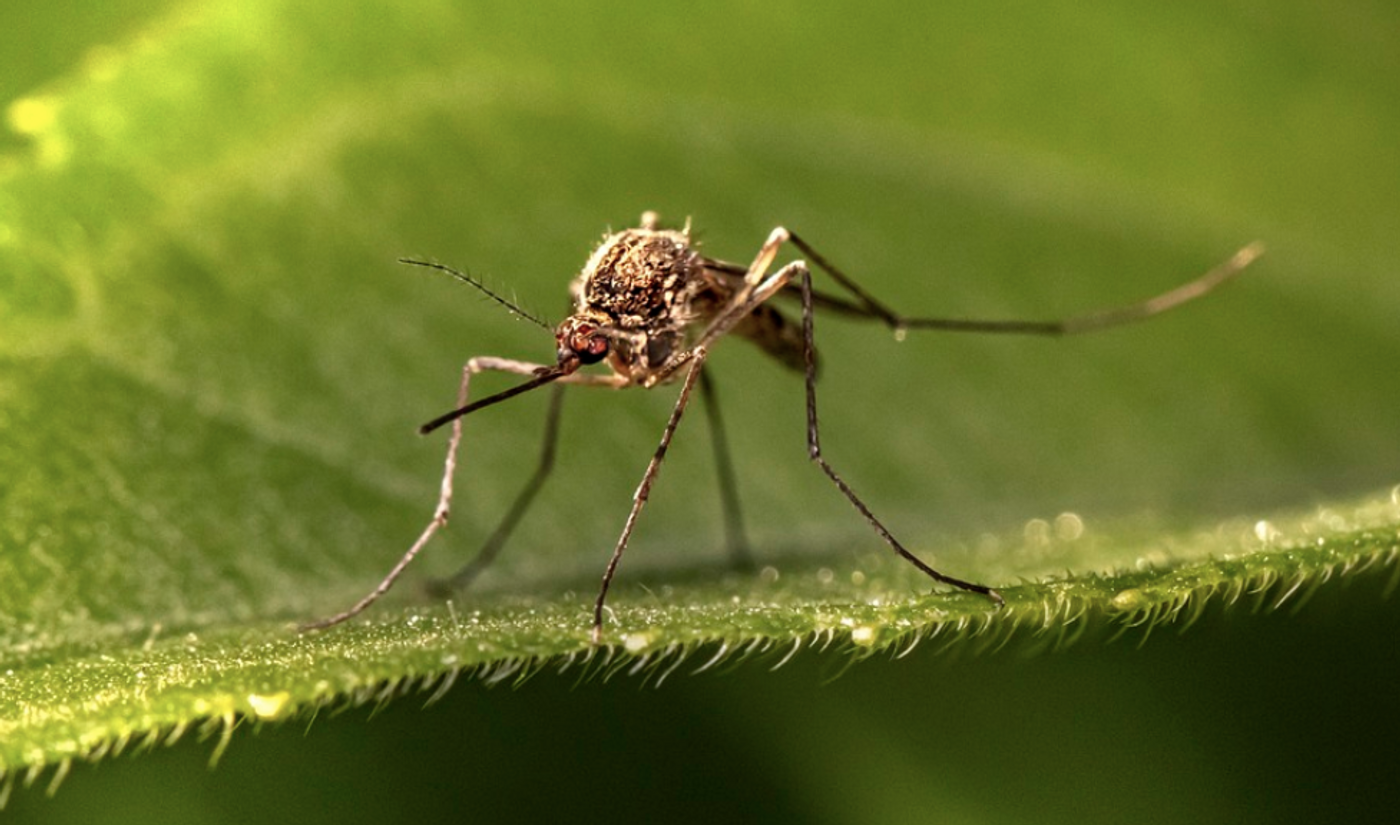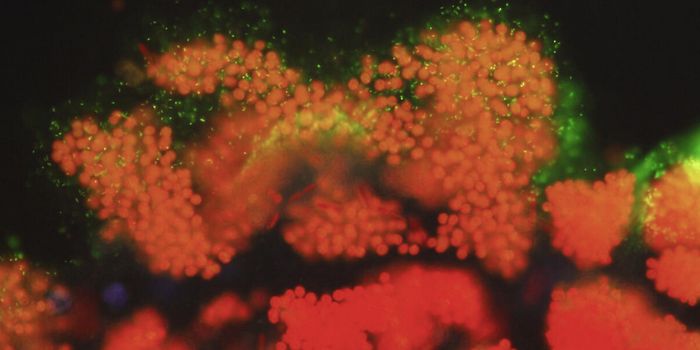As Dengue Virus Cases Spike, WHO Launches a Dashboard
Aedes aegypti mosquitoes are serious disease vectors, and they carry dengue, chikungunya, and Zika viruses, which all share clinical features. The World Health Organization (WHO) has now launched a dashboard in an effort to improve the tracking of dengue virus outbreaks, which have been spiking in recent years. The dengue dashboard can now be viewed here.
Worldwide, there have been 7.6 million cases of dengue reported to WHO in 2024 so far, including more than 16,000 severe cases and over 3,000 fatalities. These figures reflect a significant spike in dengue in the Americas, where over 7 million cases of dengue have already occurred in 2024 alone. The 4.6 million cases in this region in 2023 had been a previous high; clearly that number will be far surpassed this year. It's thought that dengue is now actively being transmitted in 90 countries. However, some countries with endemic transmission do not have strong documentation systems in place. WHO is stressing that more real-time surveillance is needed so that we can identify areas where spread is happening, but is undetected.
There is also a need for better diagnostic assays and training among clinical staff, and improved community awareness and mosquito controls. WHO considers dengue to be a high risk to public health at the global level.
While many cases of dengue are asymptomatic or only cause a mild illness that an individual can recover from easily, dengue can also cause serious disease in rare cases, and may lead to severe bleeding, organ impairment, or shock. The disease is even fatal in rare instances.
Dengue risk is now thought to be similar in, and within many countries. This is partly due to changes in weather patterns that have promoted the growth of mosquitoes and their spread to new areas, as well as a lengthening of the season in which people might get mosquito bites. There are also different types of dengue viruses, and they may not always be circulating at the same levels in a population. Thus, immunity can change. Many countries are also being challenged by complex humanitarian and geopolitical crises that are negatively affecting their healthcare infrastructure. All of these factors can only be exploited by the disease and its vectors to worsen spread.
Although dengue is transmitted by mosquito bites, there is a concern that travel could promote spread in countries where dengue is not (yet) endemic.
Chikungunya is another virus that is causing increasing numbers of cases around the world. More than 250,000 cases of chikungunya have been reported so far in 2024 to WHO, while there have been about 7,000 cases of Zika virus disease.
The Aedes aegypti mosquito, which carries dengue and other viruses, is now established in every country in the Americas except Canada. Brazil has recorded the highest number of cases so far in 2024, at 6,296,795 suspected cases and 3,040,736 confirmed by lab testing; Argentina has recorded 420,867 suspected cases, while Paraguay has 257,667 suspected cases, and there have been 199,659 suspected cases in Peru.
In the United States, most cases of dengue occur in travelers who have been somewhere, picked up the disease, and brought it home. There have been some limited local cases in Arizona, California, Florida, Hawaii, and Texas, but the risk to the US population is still considered low by the Centers for Disease Control and Prevention (CDC).
The CDC also notes that "dengue is common in the US territories of American Samoa, Puerto Rico, and the US Virgin Islands, as well as the freely associated states, including the Federated States of Micronesia, the Republic of Marshall Islands, and the Republic of Palau."
Avoiding mosquito bites with deterrent sprays or loose clothing that covers the arms and legs might be the best way to prevent dengue and other mosquito-borne illnesses. Treating or removing any kind of standing water during mosquito season also helps reduce their numbers, since they use those bits of water to lay eggs.









